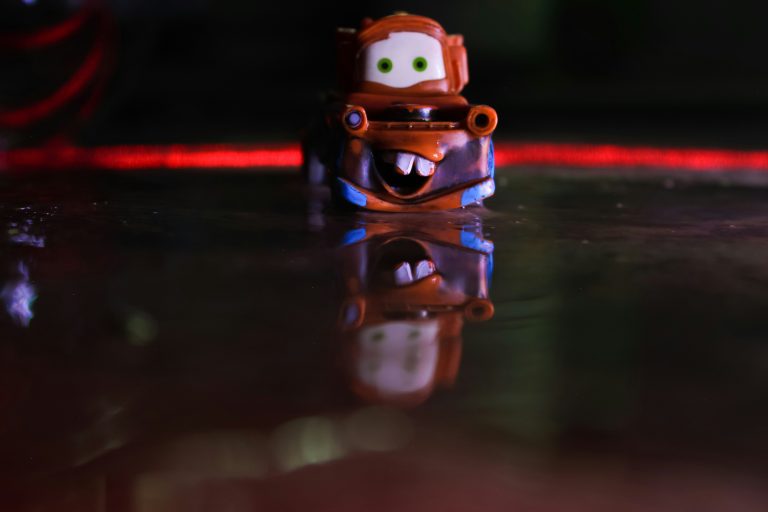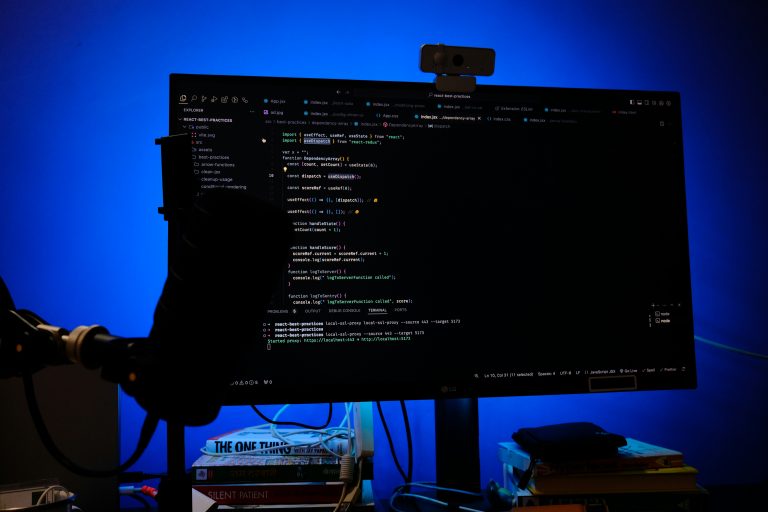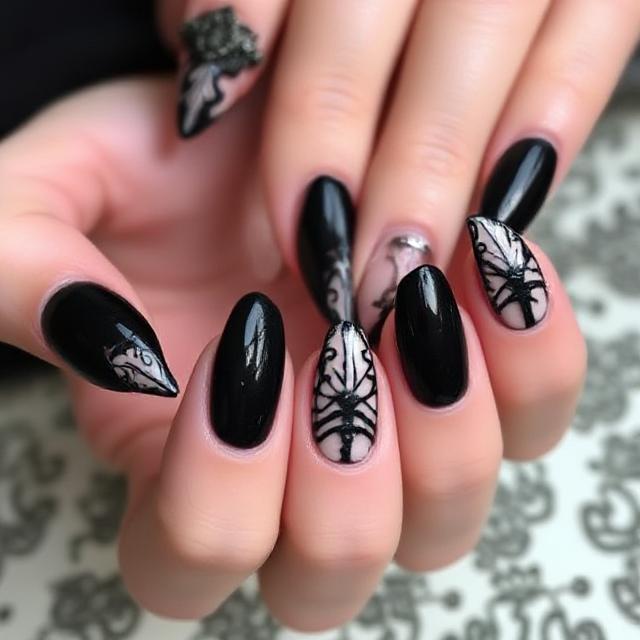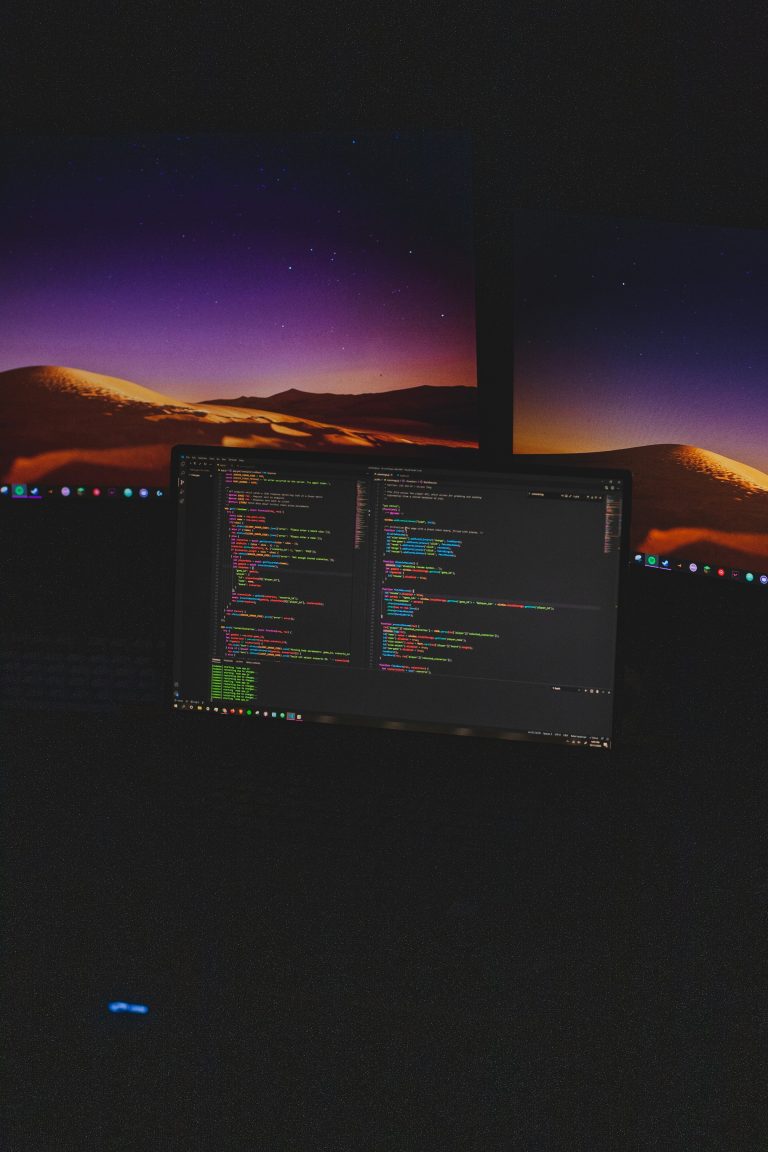AI Creativity: Can Machines Really Be Artists?
From AI-generated paintings selling for hundreds of thousands, to music, poetry, and even films created with the help of algorithms — we’re deep in an era where machines aren’t just calculating… they’re creating.
But this sparks a big question: Can AI truly be considered an artist — or is it just mimicking creativity?
Let’s break it down.
2 What Does It Mean to Be Creative?
Traditionally, creativity is about:
1 Imagination
2 Originality
3 Emotion
4 Intention or purpose
Machines, on the other hand, don’t have feelings, consciousness, or intent. They use data and patterns — not inspiration or inner experience. So… can what they make still be called “art”?
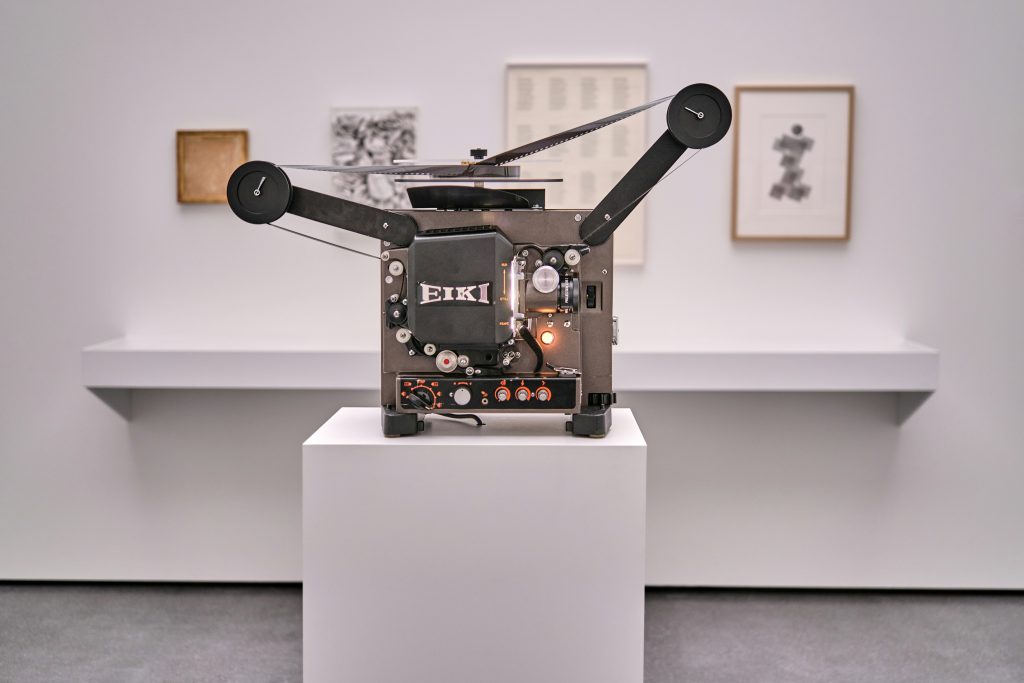
3 How AI Creates Today
Modern generative AI (like GPT-4, Midjourney, or Suno for music) doesn’t create from scratch — it learns patterns from massive datasets, then generates new combinations that “feel” original.
Examples:
1 Visual art from prompts (Mid journey, DALL·E) 2 AI-generated songs mimicking artists (Suno, Jukebox) 3 Stories, poetry, and screenplays (Chat GPT, Claude) 4 Game levels, character design, even entire worlds
These tools don’t understand what they’re making. But they’re surprisingly good at simulating the process.
4 Is That Real Creativity?
That depends on how you define creativity.
5 If creativity = generating something new from learned experience:
Then AI qualifies — it can mix ideas in unexpected, often brilliant ways. But if creativity = emotional intent, lived experience, or self-expression:
AI falls short. It doesn’t feel the way humans do. It doesn’t suffer, dream, or rebel.
It reflects us — not itself.
6 Are AI-Generated Works Art?
Art is subjective — and humans have always debated what “counts”:
1 Photography was once dismissed as “not art.”
2 Digital art wasn’t taken seriously until recently.
3 Now, AI art faces the same skepticism.
But if a piece moves you, inspires thought, or challenges norms… maybe that’s enough.
Maybe the collaboration between human and machine is the new medium.
7 Artists vs. AI: Rivalry or Partnership?
Some see AI as a threat to human artists. Others see it as a tool — a co-pilot.
1 Writers use AI to brainstorm plot ideas.
2 Musicians remix AI-generated melodies.
3 Designers iterate faster with AI visuals.
4 Filmmakers use AI to visualize scenes or create synthetic actors.
In this sense, AI isn’t replacing artists — it’s augmenting them.
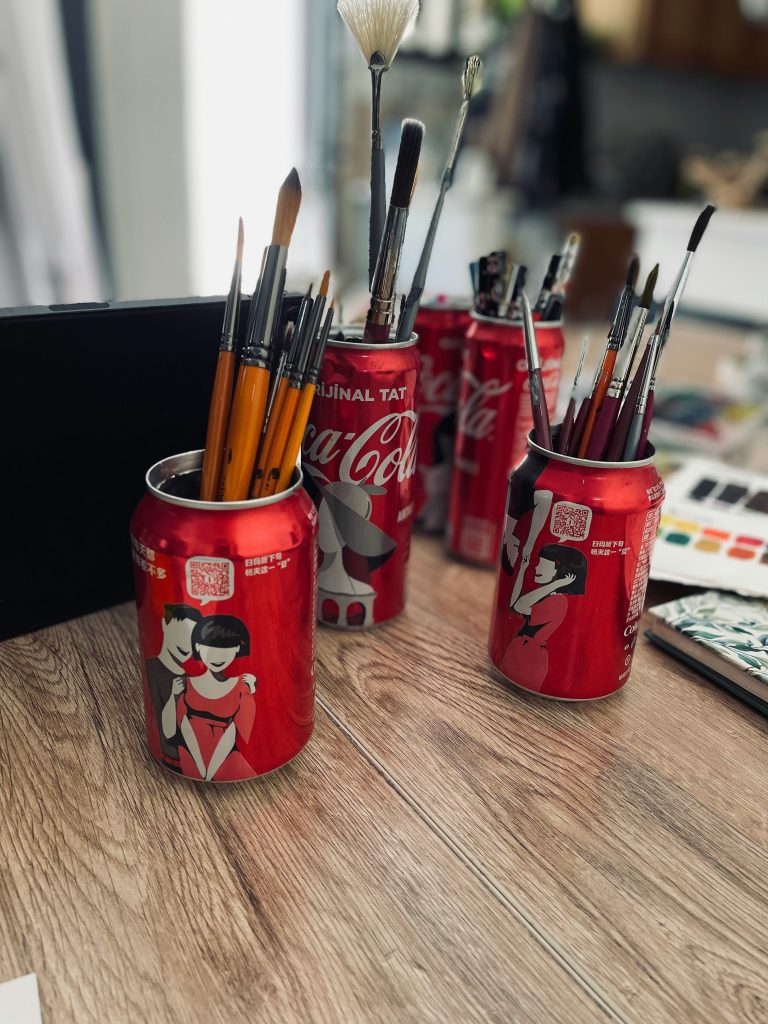
8 Where It’s Going
By 2030, we’ll likely see:
1 Hybrid artist identities (AI-human duos or collectives)
2 New genres born from machine creativity
3 Legal and ethical battles over ownership, attribution, and authenticity
4 Art critics trained to detect AI influence
The line between human and machine-made is blurring — and that’s part of what makes this moment so exciting.
Final Thought
So… can machines really be artists?
Not in the way humans are. But they can be creative, in a powerful, alien kind of way. And maybe the real magic happens not when we ask if AI can replace artists — but when we explore how it can expand what art even is.
Want examples of AI art that made headlines? Or a guide on how to experiment with creative AI tools yourself? Just say the word!

